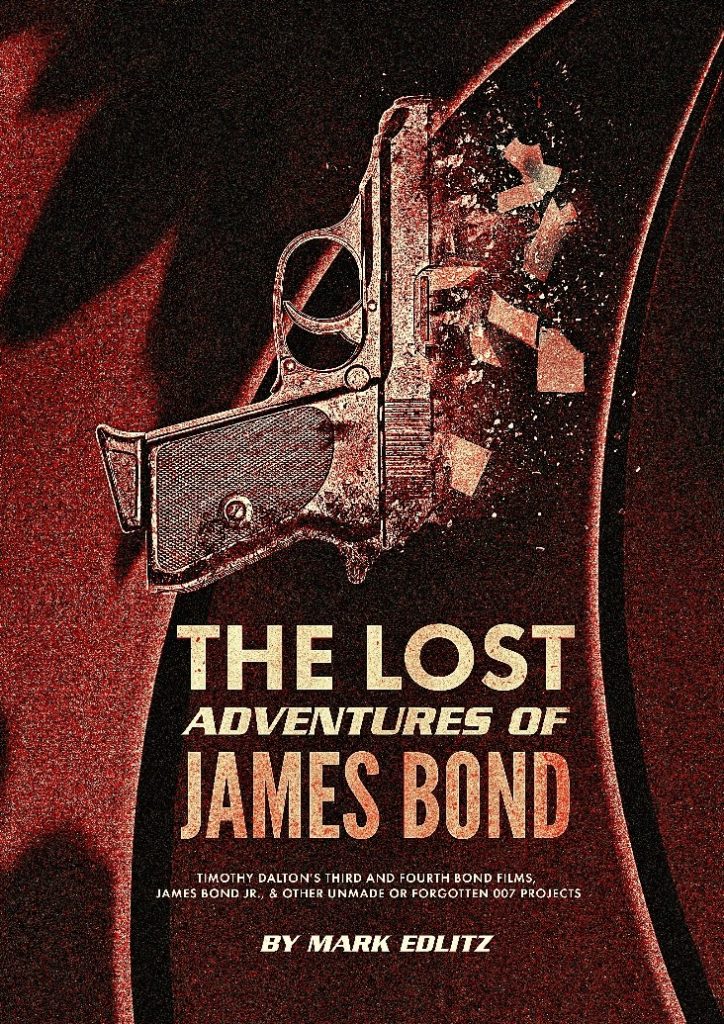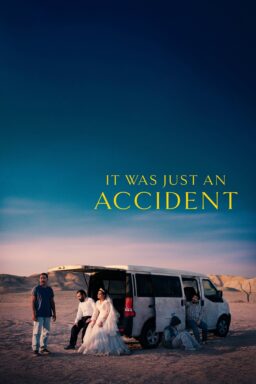James Bond fans enjoy imagining favorite directors taking on the franchise, rhapsodizing over what a Quentin Tarantino Bond, for instance, might be like. But the fact of the matter is that ultimate control over the Bond movies doesn’t lie with directors. For years, before Sam Mendes and Cary Joji Fukunaga were brought into the game, the main helmers were non-auteur types who specialized in action sequences, and in some instances had risen from second unit, chosen by producers Barbara Broccoli and Michael Wilson. The true determining factor of the Bond movie, now that Ian Fleming’s works have been more or less exhausted for adaptation, is the scenario. Which is always producer-approved, it goes without saying. Fans can speculate “Bond wouldn’t do X” or “Bond wouldn’t do Y” to their hearts’ content, but Broccoli and Wilson are the arbiters.
Mark Edlitz mostly interviews writers in his self-published book “The Lost Adventures of James Bond,” an entertaining and stimulating look at the Bond pictures that might have been. The book kicks off with a section on four unmade Dalton Bonds. Although the British actor had the second-shortest run of any Bond in the franchise—two films to George Lazenby’s one—he’s a fan favorite in some circles not just because of the unusual gravitas he brought to the role of the super spy but also the ostensible potential this iteration of the character presented. As Edlitz asserts almost at the book’s outset, the Dalton era represented for Eon, the production entity behind the Bond films, “a several-year period of experimentation and discovery.” As an interviewer, Edlitz knows his stuff, and his well-informed questions elicit expansive answers from early “Bond 17” scenarist Albert Ruggiero and a host of other creative figures, including John Landis (who had a whack at the screenplay of “The Spy Who Loved Me”), Nicholas Meyer (ditto with “Moonraker”), and more.
And Edlitz’s Bond journeys don’t stop at unmade films. He discusses James Bond on the radio, in television, and in comic books. He delves into a fascinating concept—“James Bond, Jr.” He parses the difference between Ian Fleming Publications (which commissioned Bond novels ) and Eon (which made the movies). He operates without the aegis of Eon, which means there are no Bond movies stills in the book, but plenty of illustrations from other (and sometimes unusual) sources.
This is a self-published tome, an oversize paperback with a large typeface, and a very rudimentary interior design. There’s no index, which is a little vexing. But Edlitz is an impressive researcher, and his writing, while plain, puts across the information he’s accumulated in a coherent, cogent style. A repository of nifty Bond trivia, it also eventually forms a kind of anatomy of the Bond Narrative as writers discuss what they could and could not get away with when formulating their would-be Bond pictures. Nicholas Meyer recollects his conception of a Bond villain as a megalomaniac with a social conscience: Appalled by the world’s overpopulation, he hatches a scheme to start a war that will wipe out a substantial portion of Earth’s people. And Meyer’s twist is that Bond agrees to help the guy—or does he? The idea was rejected by Eon, which found it too grim. But something very much like it found its way, as we know, into a recent Marvel Cinematic Universe storyline.
To order your copy of The Lost Adventures of James Bond by Mark Edlitz, click here.












